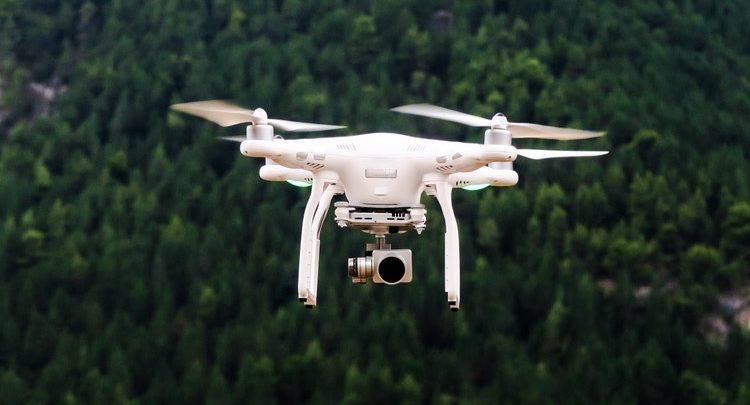
Drones Knowledge base
The 6 Ts of Instrument Flying
Good pilots should always be thinking ahead of the airplane.
You should always be asking yourself what’s next. What is the next thing(s) that you have to do, after you have completed your current task?
Using the 6 Ts will help you do just that.
The 6 Ts are:
- TURN
- TIME
- TWIST
- THROTTLE
- TALK
- TRACK
You may not need to perform each one on every single task. It simply depends on the procedure you are performing. Let’s look at them individually.
For this example, let’s apply the 6 Ts to flying a holding pattern. Think about each item and what the next item after that is.
Turn
-
Which direction are you turning in the holding pattern?
- Standard or non-standard pattern: i.e. right or left turns?
Time
-
Unless otherwise stated by ATC, all inbound legs are one minute.
-
After crossing the fix or rolling wings level, begin your timer for 1 minute inbound.
- Remember to adjust your outbound leg so that the inbound leg is 1 minute.
- Depending on wind, etc., you may have an outbound leg LONGER that 1 minute.
-
After crossing the fix or rolling wings level, begin your timer for 1 minute inbound.
TWIST
-
If it’s a hold based off of a VOR, you may need to twist the OBS to the inbound course or the outbound course.
- Are you flying TO the VOR or AWAY from it? If the inbound leg is flying to the VOR, remember to make sure that you have twisted the OBS so that the indicator shows a “TO” indication and the correct inbound course is selected.
THROTTLE
-
Do you need to adjust your power?
- If your timing isn’t correct for the inbound leg, then you need to either apply power or reduce power. Remember, you are allowed two trips around the pattern to get it right.
TALK
-
Do you need to talk to ATC?
- ATC may ask you to report crossing the fix or something similar. This one really comes into play when you are performing approaches or procedure turns.
TRACK
-
This one is pretty simple, yet surprisingly, it gets forgotten a lot.
- Remember to track your course, either inbound or outbound.
When I am flying a holding pattern, I ask myself each of these things, at each stage of the pattern. I constantly go through each one and it keeps me on my game, staying focused and flying a good pattern.
When I come to one task that I don’t need to use, I simply move on to the next one. Remember, just keep it simple!
Using the 6 Ts of instrument flying will make your life a lot easier the next time you get stuck in a holding pattern or shoot that instrument approach down to minimums in IMC.
– Shawn Hardin CFI/CFII
Now: You might be wondering what to look for when choosing your drone. It’s easy: Right here, you will find the most important specs to look for. We’ve also included a drones knowledge base so that you can quickly learn the drones basics. Bada bing, bada boom — you’re almost ready for takeoff!

